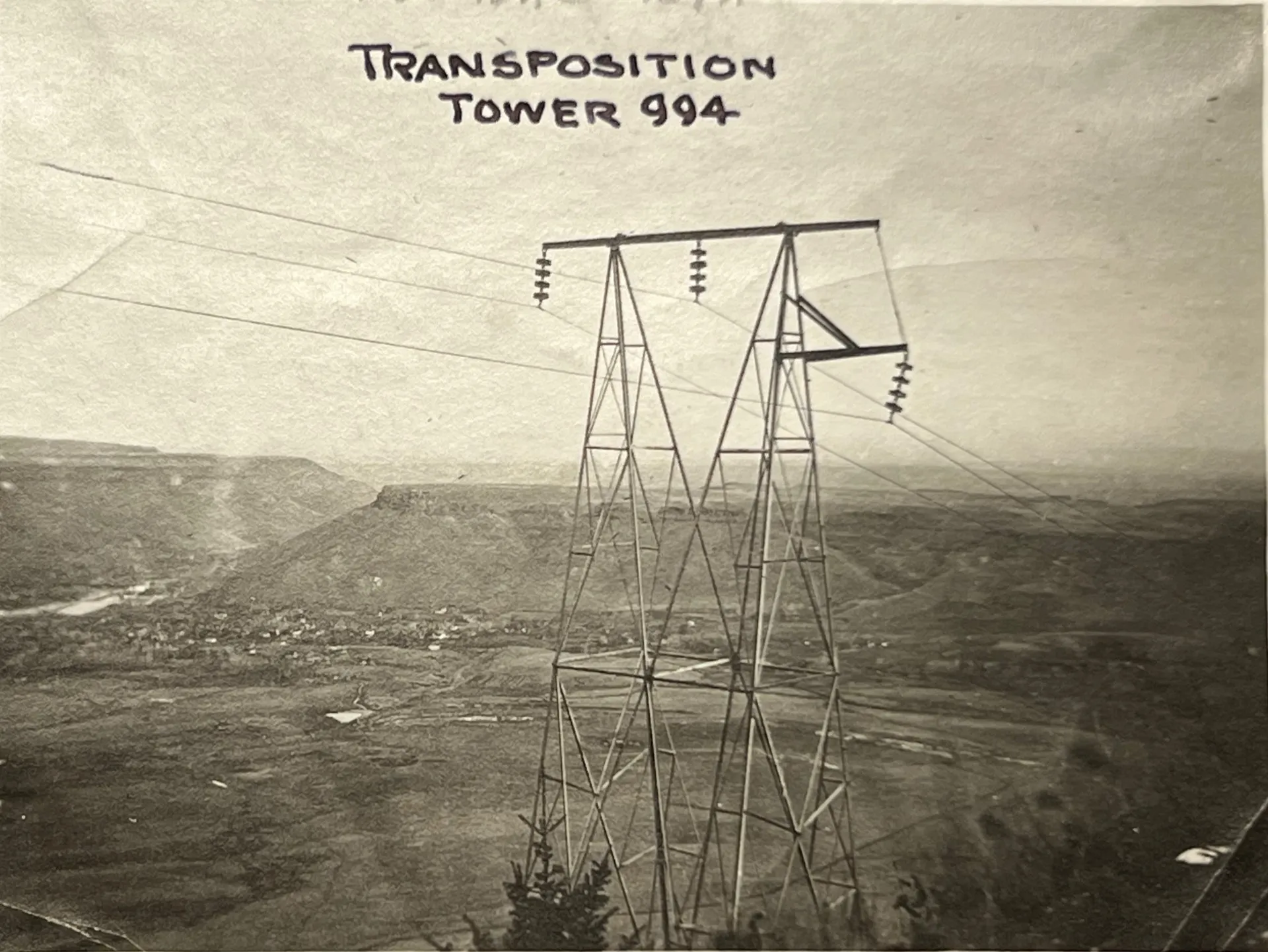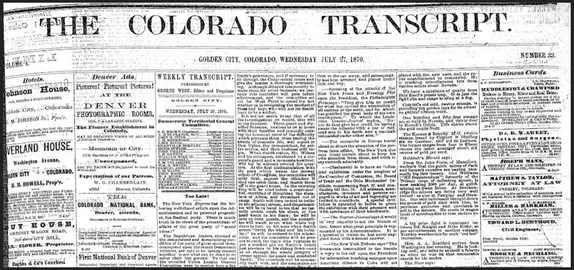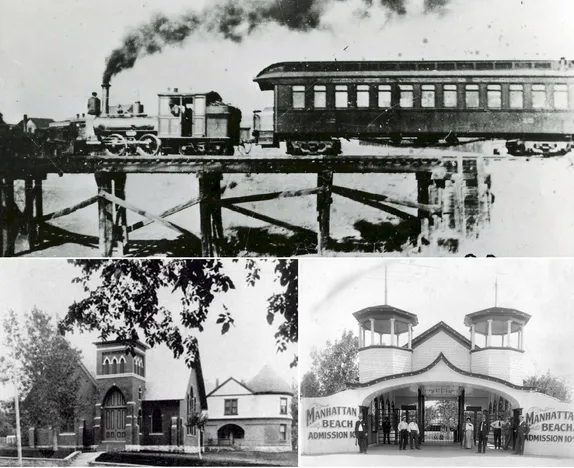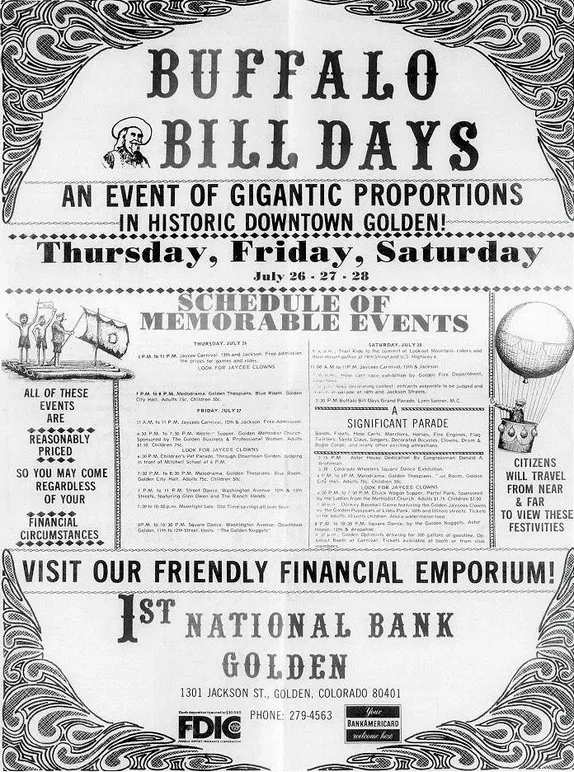Guest Historian: Pete Gotseff
If you have spent any time in Golden you would notice a transmission line making its way down Lookout Mountain, through Lakewood, to downtown Denver terminating at an old Xcel/PSCO power plant called Zuni Station. Zuni is no longer wrapped in its white plastic shroud presumably for asbestos abatement and decommissioning but its future is uncertain and it now sits on Colorado’s Most Endangered Places list as Compiled by Colorado Preservation, Inc.
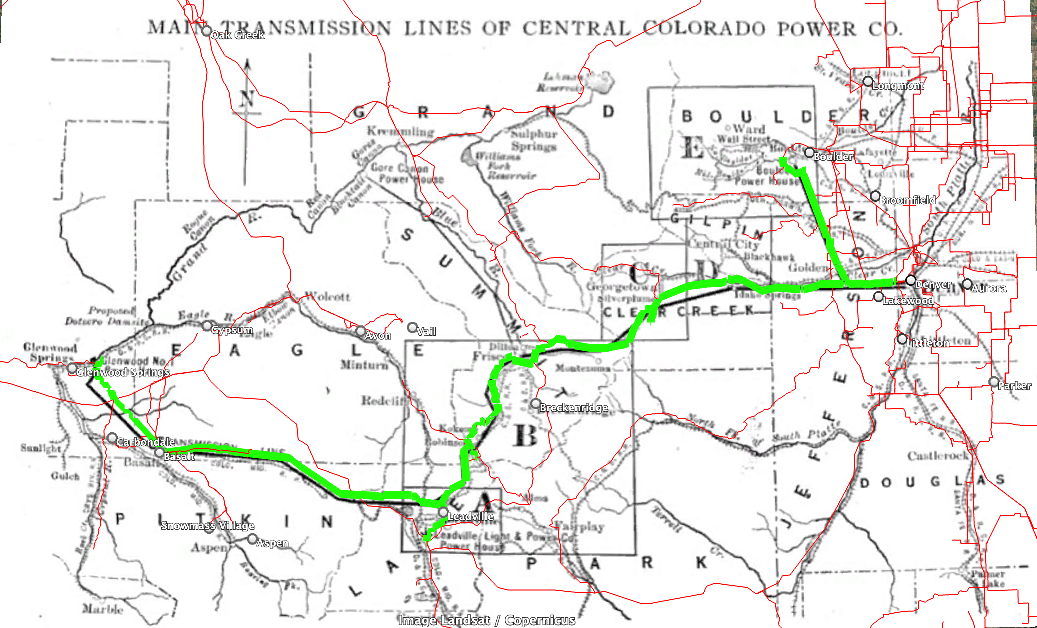
Perhaps you would think this transmission line is a modern scheme to serve the tourist towns of Clear Creek and Summit county as it roughly follows I-70 to Georgetown, then again visible from Silverthorne to Copper Mountain, then over Fremont pass to Leadville and then off to points west.
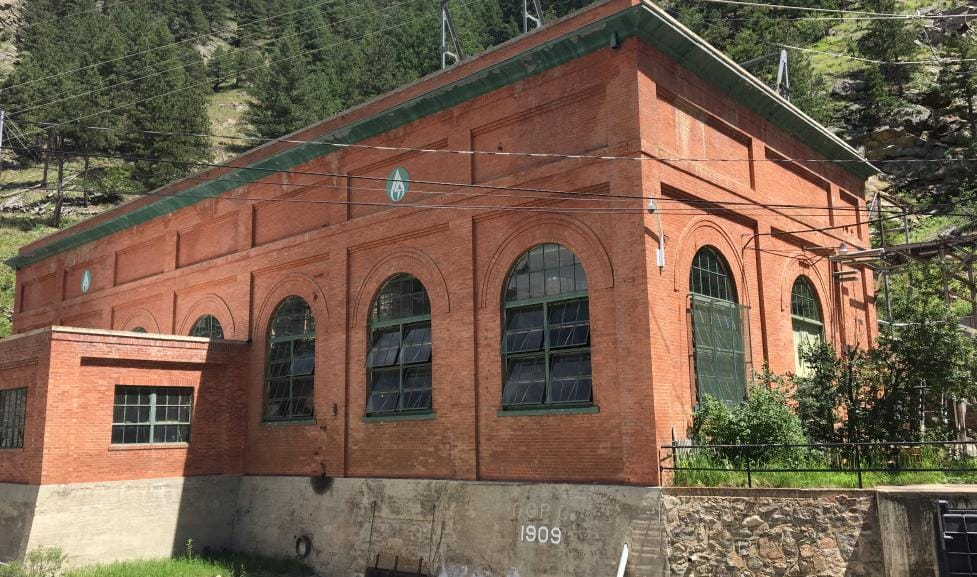
Although upgraded over the years, this line predates I-70 (1960s), Buffalo Bills grave (1917) and the Lookout Mountain Road-Lariat Loop (1913). In fact, it starts near Glenwood Springs, connects Leadville, Summit County, Georgetown, Idaho Springs and Denver and then doubles back to Boulder. It is 153 miles long and connects two hydro-electric plants - one 14MW plant below Shoshone falls at the Hanging Lake turnoff in Glenwood Canyon “Shoshone hydro” (map) and the other 20MW plant near Tunnel 1 of Middle Boulder creek “Boulder hydro”.
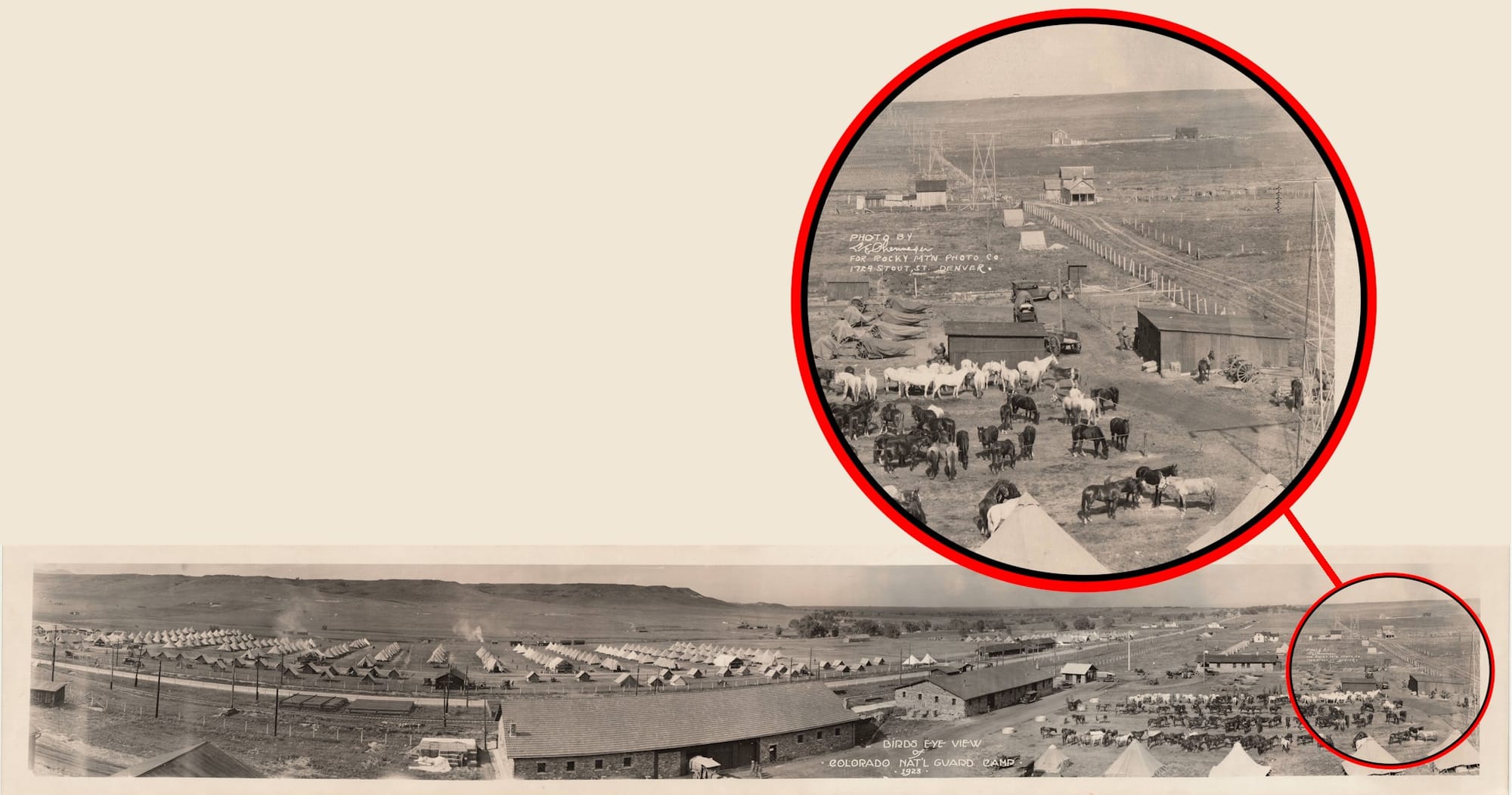
Its original operating voltage was 100kV - one of the highest voltage transmission lines in the US, It’s common name is the “Shoshone line” and it, the power plants and storage reservoirs were built between 1907 and 1910 by the Central Colorado Power Company (CCPC) and the Eastern Colorado Power Company both backed by East Coast Capitalists generally associated with the General Electric Company with the local additions of David H. Moffat and Myron T. Herrick of Ohio to the board of directors.
The vice president and chief organizer of the primary company, the CCPC, was a man by the name of Leonard E. Curtis. Curtis had left his highly lucrative Manhattan law firm, Duncan, Curtis and Page in 1896 bound for Colorado Springs to recover from Consumption. His firm was instrumental in defending the George Westinghouse Company’s acquired lighting and Nikola Tesla’s induction motor patents in the late 1880’s. In fact, presumably by Curtis’ invitation, Tesla came to Colorado Springs in 1899-1900 to work out his Magnifying Transmitter ideas at his experimental station (near present day Memorial Park) and work with Curtis to file his related patents before returning to New York to continue that work at Wardenclyffe laboratory and tower. Curtis would also develop the Tacoma hydroelectric plant on the Animas River below Silverton between 1902 and 1906.
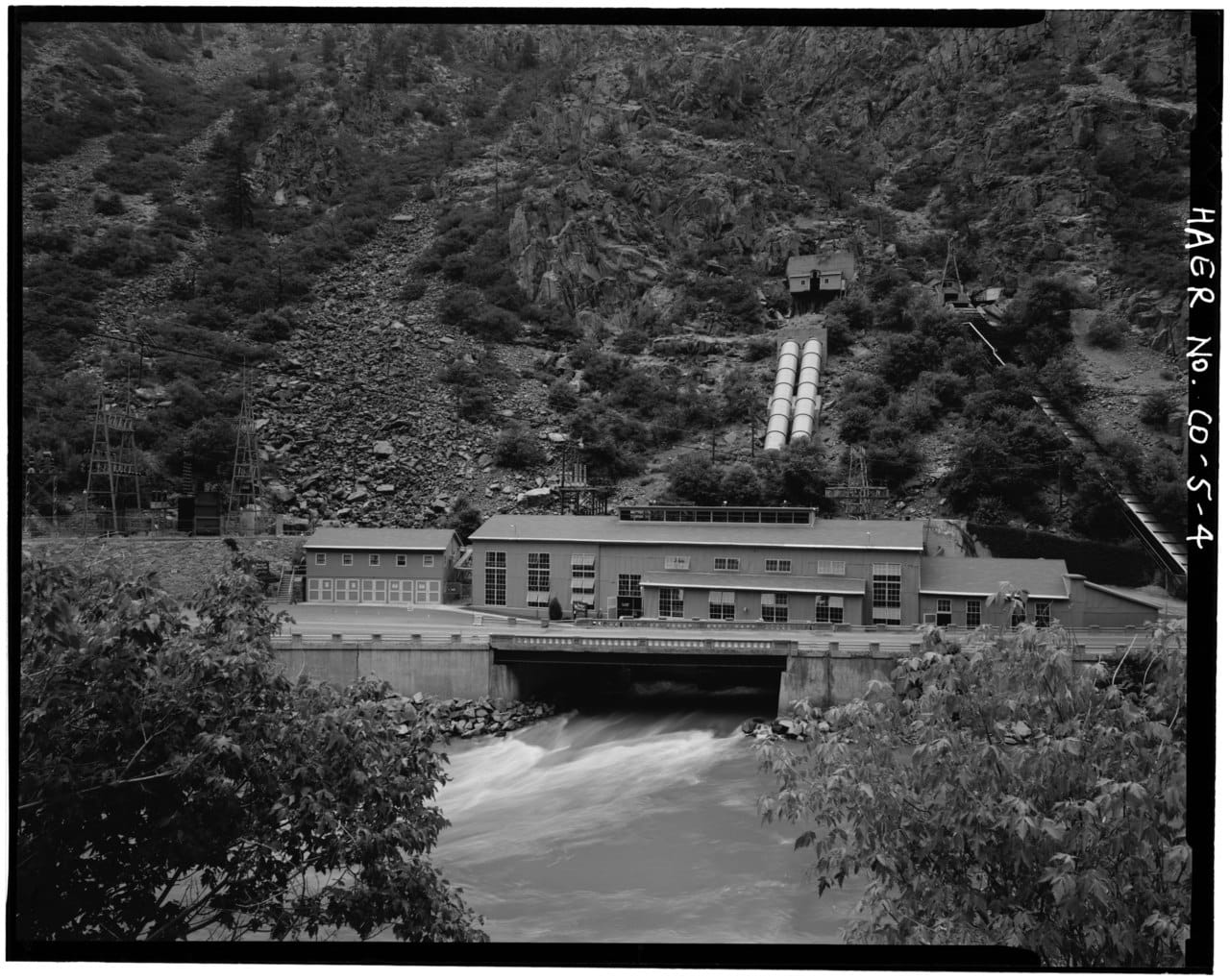
Today, the Shoshone Line still connects the backbone of Central Colorado at 230kV. It includes the 200MW Bureau of Reclamation owned Mount Elbert pumped hydro power plant at Twin Lakes and the 320MW PSCO/Xcel Cabin Creek pumped hydro plant above Georgetown. The old CCPC system’s legacy lives on in more ways … in February of 2024 Xcel sold the senior Shoshone hydro plant (map) water right to the Colorado River District for $99M. Effectively keeping 1400 cfs of western slope water in the Colorado river. No longer fully up for grabs by the deep pocketed cities of the Front Range.

